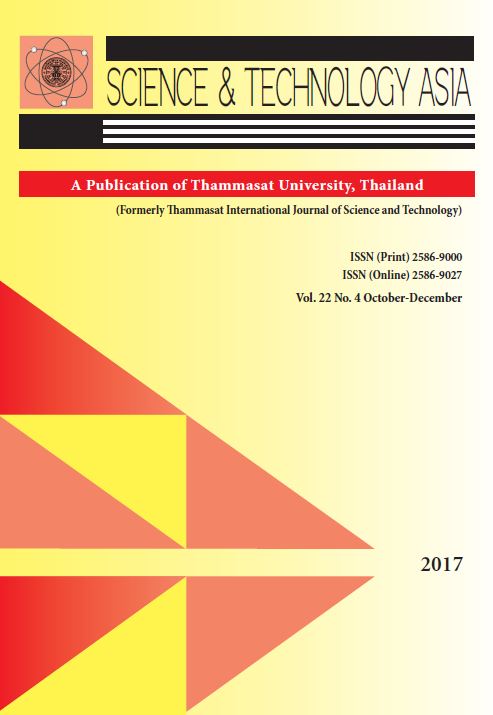Back Propagation Artificial Neural Networks and Regression Analysis Model for Predicting Pre-Evacuation Time in Plastic Industries in Thailand
Main Article Content
Abstract
Required Safe Egress Time (RSET) consists of 4 elements, namely, fire detection time, alarm time, pre-evacuation time, and travel or movement time. Pre-evacuation time is currently regarded as the key critical evacuation process. If pre-evacuation time is not explicit, RSET timeline will not be reliable and effect on life of evacuees in the building. The purpose of this cross-sectional study was to develop the model for predicting pre-evacuation time in 10 plastic industries. Regression analysis was performed in order to find the factors significantly associated with pre-evacuation time. Only 4 influenced variables were tested by using regression analysis. Regression analysis and back propagation artificial neural networks model (BP-ANNs) were run to predict pre-evacuation time from 4 influential variables. BP-ANNs model was constructed as 4-10-1 by comprising of 4 input variables, 10 hidden nodes, 1 output variable, momentum was 0.05, learning rate was 0.08, and learning time was 100,000 epochs. The findings revealed BP-ANNs model showed the least error with the value of Mean Absolute Deviation (MAD), Mean Absolute Percentage Error (MAPE), Mean Squared Error (MSE) and Root Mean Square Error (RMSE) were 2.04, 1.64, 1743.90 and 41.76 respectively when comparing with regression analysis model. BP-ANNs model can correctly predict pre-evacuation time with 75.15% accuracy. Therefore, BP-ANNs was an appropriate model for predicting pre-evacuation. This finding showed the advantage of BP-ANNs model which was more suitable to predict RSET and eliminated factors that could delay evacuation time in 10 plastic industries.


